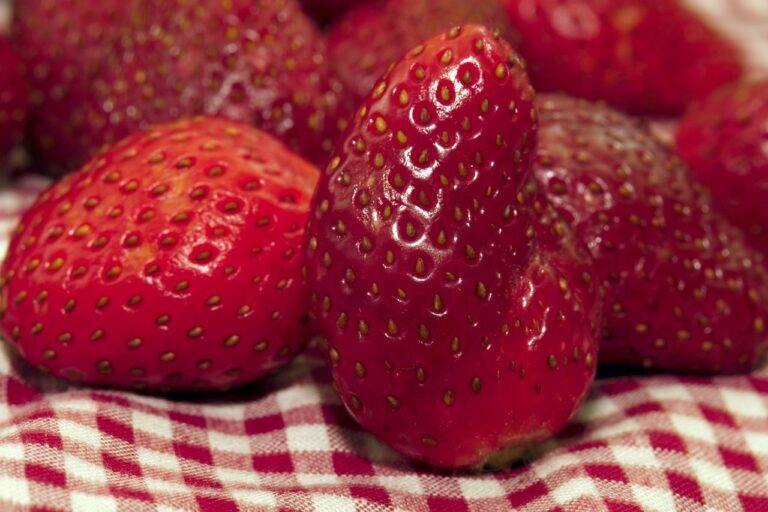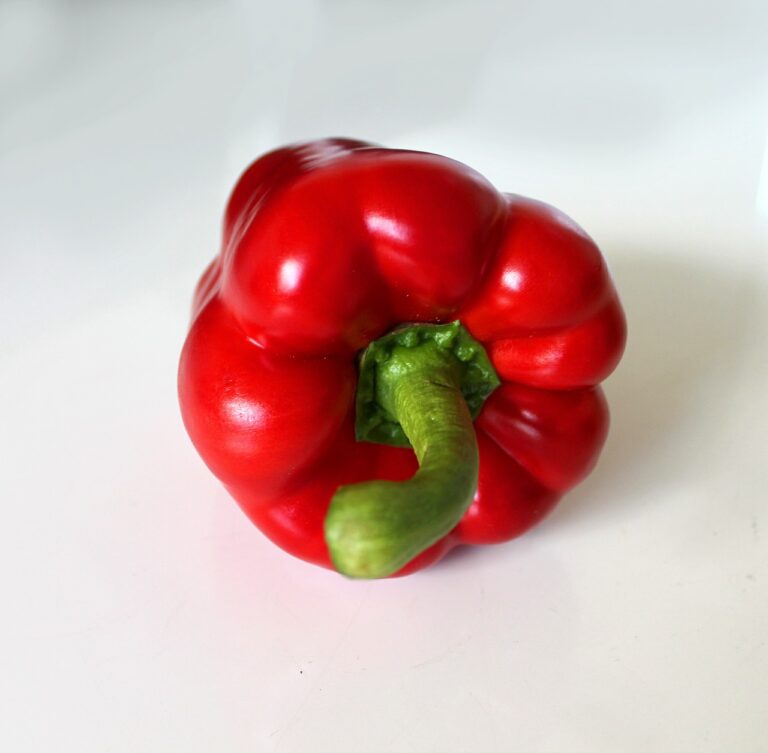The Future of Food: 3D Printing for Customization
As technology continues to advance at a rapid pace, the realm of food production is also undergoing significant transformations. One of the most innovative and exciting developments in this space is the emergence of 3D printing technology for food customization. This cutting-edge technology is revolutionizing the way we think about food production, distribution, and consumption. In this article, we will explore the potential of 3D printing in the food industry and how it is shaping the future of food customization.
What is 3D Printing?
3D printing, also known as additive manufacturing, is a process that creates three-dimensional objects by laying down successive layers of material. While 3D printing has been predominantly used in industries such as aerospace, automotive, and healthcare, its application in the food industry is gaining momentum. By using food-grade materials such as edible pastes, gels, and powders, 3D printers can create customized food products with intricate designs and structures.
The Benefits of 3D Printing in Food Production
There are numerous benefits of incorporating 3D printing technology in food production:
1. Customization
One of the most significant advantages of 3D printing in the food industry is the ability to customize food products according to individual preferences and dietary requirements. With 3D printing, consumers can design their own food creations, adjusting ingredients, flavors, textures, and nutritional content to suit their specific needs.
2. Waste Reduction
Traditional food production methods often result in significant food waste due to overproduction, spoilage, and inefficient distribution. 3D printing allows for precise control over the amount of material used, minimizing waste and optimizing resource utilization. Additionally, 3D printing enables on-demand production, reducing the need for large-scale manufacturing and storage facilities.
3. Novel Food Designs
3D printing opens up a world of possibilities for creating innovative and visually captivating food designs that would be impossible to achieve with traditional methods. Chefs and food designers can experiment with intricate shapes, textures, and structures, pushing the boundaries of culinary art and creating unique dining experiences.
The Future of Food Customization
The integration of 3D printing technology in the food industry is still in its early stages, but the potential for growth and innovation is immense. In the coming years, we can expect to see a wide range of applications for 3D printed food products, including personalized nutrition, tailored meals for individuals with dietary restrictions, and sustainable alternatives to conventional food production methods.
FAQs
1. Is 3D printed food safe to consume?
Yes, 3D printed food is safe to consume as long as food-grade materials are used in the printing process. Manufacturers adhere to strict regulations and guidelines to ensure the safety and quality of 3D printed food products.
2. How does 3D printing impact food sustainability?
3D printing can contribute to food sustainability by reducing waste, optimizing resource utilization, and enabling localized production. By minimizing the environmental impact of food production, 3D printing has the potential to promote more sustainable practices in the food industry.
3. What are the limitations of 3D printing in food production?
While 3D printing offers numerous benefits, there are some limitations to consider, such as initial costs, technological constraints, and regulatory challenges. As the technology continues to evolve, these limitations are likely to be addressed, opening up new opportunities for innovation in the food sector.
Overall, the future of food customization through 3D printing holds immense promise for revolutionizing the way we produce, distribute, and consume food. By embracing this transformative technology, we can create a more personalized, sustainable, and creative food ecosystem that caters to the diverse needs and preferences of consumers.







